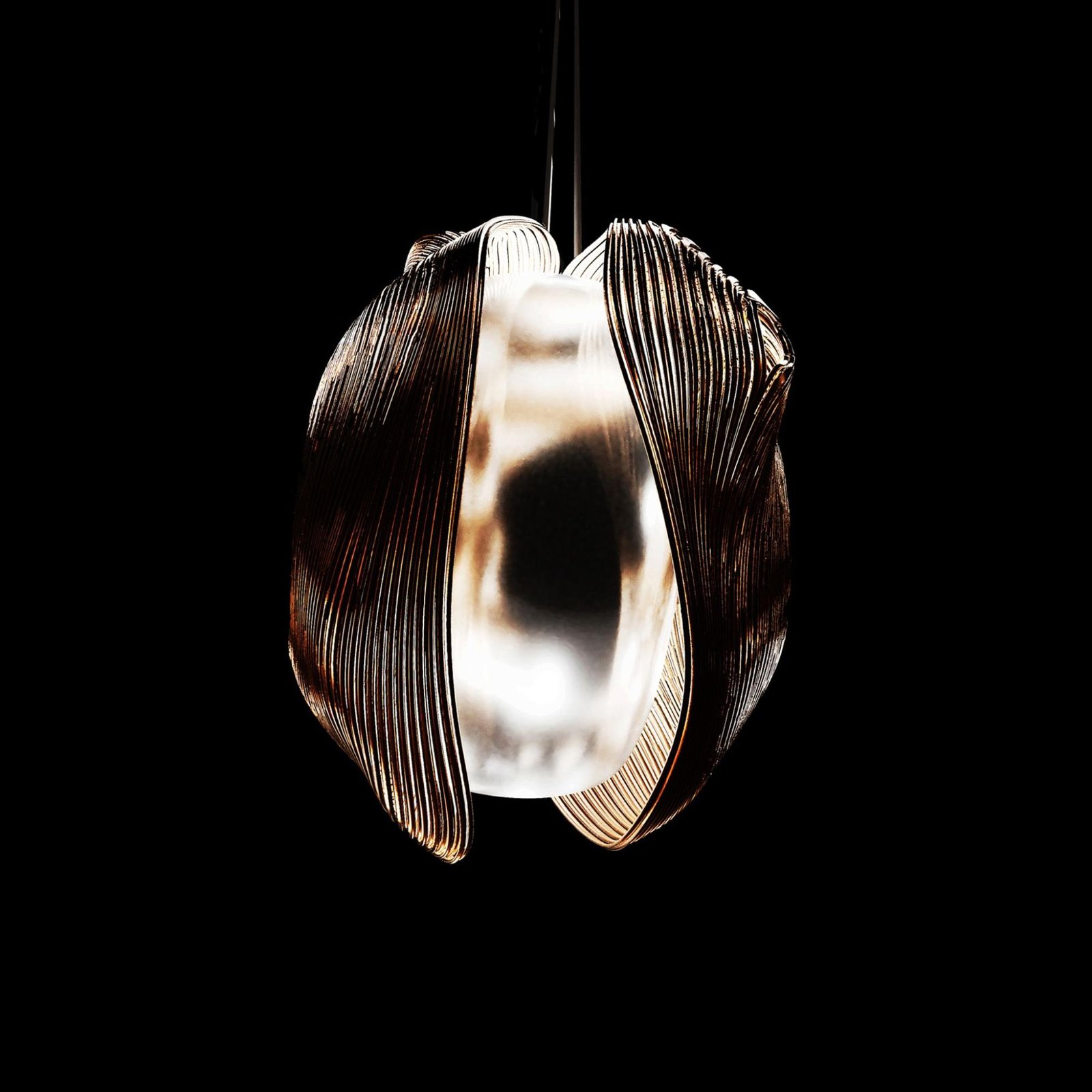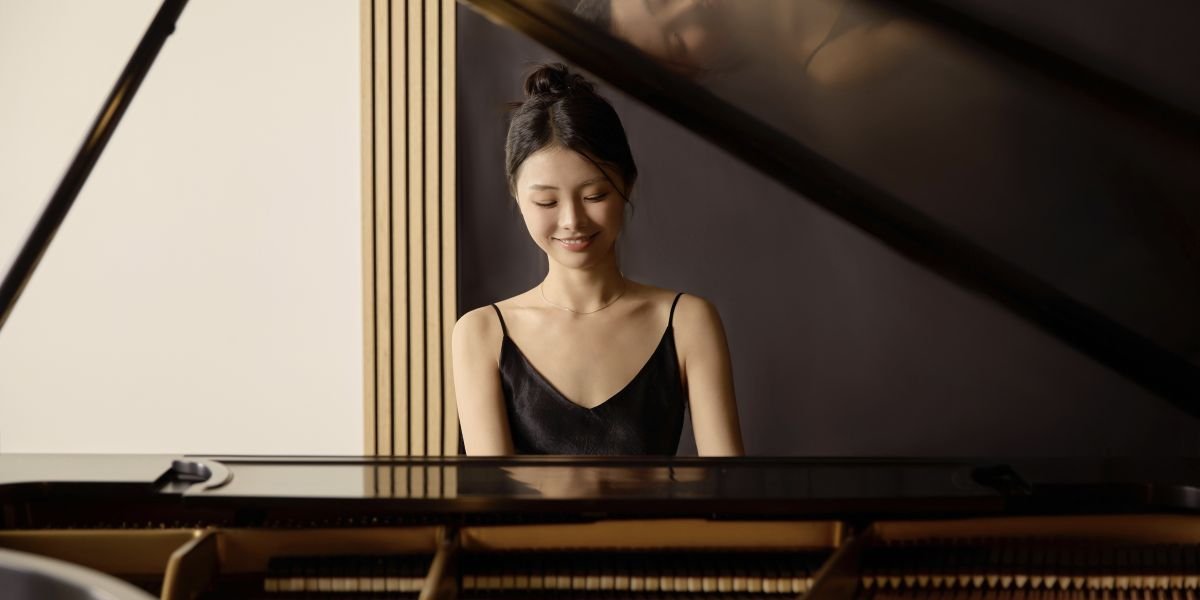By: Tzuhsiang (Sean) Lin
Nature and Craft in Harmony – The Nest Home Collections by Tzuhsiang Lin
In an age defined by acceleration, noise, and overstimulation, the act of creating stillness is nothing short of revolutionary. Cities move fast, and so do the people who inhabit them. We seek efficiency, optimization, and seamless connectivity—but somewhere along the way, we lose our connection to presence, to softness, to the natural rhythms of time and emotion. Through his Nest Home Collections, industrial designer Tzuhsiang Lin reclaims that lost space, creating poetic objects that serve not only the home, but also the soul.
Comprising the award-winning Nest Lamp and Nest Clock, the Nest Home Collections exists at the intersection of sculpture and function. These are not merely objects—they are emotional interfaces, subtle companions that invite reflection and presence. “I think of them as spatial poetry,” Tzuhsiang Lin shares. “They are built for people who want more than design as utility. They want connection, warmth, and emotional grounding.”

Photo Courtesy: Tzuhsiang Lin (Nest Clock)
Reconnecting with Shelter and Nature
The initial spark for the collection came from Lin’s fascination with natural enclosures: bird nests, cocoons, and cradles. These forms are universally associated with care, safety, and origin. “I was interested in how humans create not just physical shelter, but emotional ones,” Tzuhsiang Lin explains. “The home is not just a space—it’s a threshold where we return to ourselves.”
The Nest Lamp, with its two interwoven metal sheets, mimics the woven complexity of a nest while introducing light as a storytelling element. When illuminated, the lamp casts layered shadows that transform the space around it. The inner light ring, shaped like a doughnut, radiates a soft glow through a central circular opening. “In Eastern cultures, the circle represents wholeness and harmony. That symbolism was essential to how this light functions—both practically and emotionally,” Tzuhsiang Lin says.
In contrast, the Nest Clock reimagines how we experience time. Forgoing traditional numerals and ticking hands, it uses void and digital minimalism to create a meditation on presence and absence. A single, interwoven metal sheet frames a sparse display, encouraging viewers to engage with time at a slower, more mindful pace. “Time is usually something we chase. I wanted this piece to reverse that dynamic—so time could feel contemplative, not consuming,” says Tzuhsiang Lin.
Crafting with Intent
What elevates these pieces beyond decorative design is Lin’s commitment to integrating modern technology with tactile craft. Using a combination of CNC milling, resin-based 3D printing, and meticulous hand-finishing, each object is a balance between precision and humanity. “I’m not interested in perfection that feels sterile. I want every surface to carry the imprint of intention,” Tzuhsiang Lin notes.
This philosophy has resonated across the design world. The Nest Lamp has been recognized by the Red Dot Design Concept Award, the A’ Design Award, and the IDA Design Awards, while the Nest Clock earned accolades from the MUSE Design Awards in the United States. These honors mark Lin not only as a rising voice in contemporary industrial design, but also as a storyteller whose work bridges cultures and disciplines.

Photo Courtesy: Tzuhsiang Lin (Nest Clock)
Toward an Expanded Emotional Landscape
Lin sees the Nest Home Collections as just the beginning. Currently in development are the Nest Mirror and Nest Bench, which continue the themes of softness, enclosure, and layered presence. These new works aim to further cultivate domestic rituals—mirrors that slow the act of reflection, seating that invites stillness over speed.
“I want every piece in this collection to feel like a quiet friend,” Tzuhsiang Lin says. “Not demanding, not loud—but always there. Offering presence.” In that sense, the collection becomes not just a series of objects, but a philosophy in material form: an argument for emotional durability in a world dominated by speed and surface.

Photo Courtesy: Tzuhsiang Lin (Nest Lamp)
Design as a Poetic Language
At the heart of it all is Lin’s vision of design as emotional architecture. His work doesn’t shout. It whispers—inviting users to come closer, to be present, to feel. “Design, to me, is a poetic language,” Tzuhsiang Lin concludes. “In this overstimulated world, I hope my work creates pauses. Spaces for stillness. Moments to breathe.”
In creating a home collection that gently asks us to slow down, Tzuhsiang Lin reminds us that sometimes the most profound innovation is not in doing more—but in feeling more. Through the language of shelter, shadow, and silence, his Nest Home Collections offer not just a vision of modern living—but a map back to ourselves.
Published by Joseph T.
















